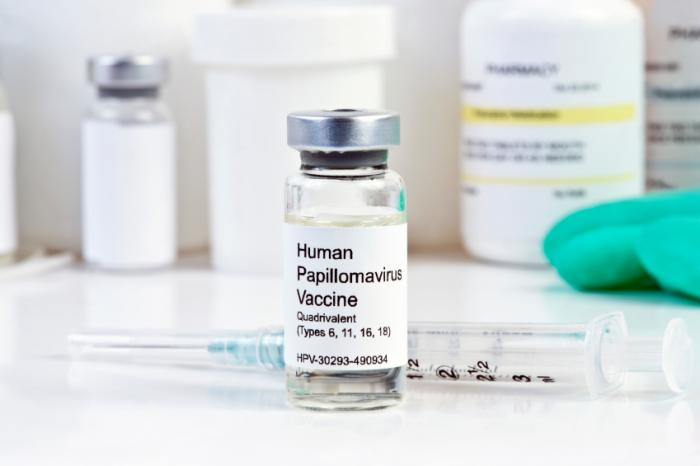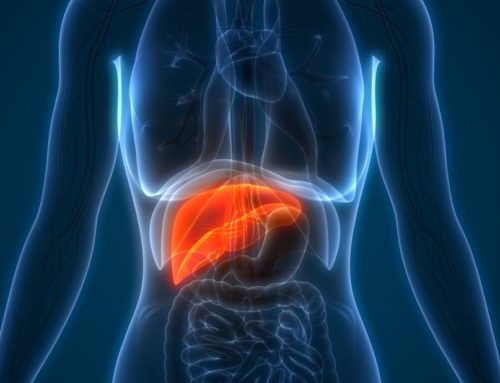
Researchers say the reduction in rates of high-grade cervical lesions among young American women in 2008-12 may be down to a combination of the HPV vaccine and changes in cervical screening guidelines.
While these findings indicate that HPV vaccination has contributed to this reduction, the researchers say it may also be down to changes in cervical screening recommendations that occurred in 2012.
High-grade cervical lesions, or precancerous cervical lesions, are abnormal changes in cervical tissue that may become cancerous. Such lesions do not cause any symptoms, but they can be detected through cervical cancer screening.
Over 50% of high-grade cervical lesions are caused by persistent HPV (human papillomavirus) infection, most commonly HPV types 16 and 18. As such, they can be prevented with HPV vaccination.
The HPV vaccine Gardasil, which protects against HPV types 16 and 18, as well as types 6 and 11 – known to cause genital warts – was approved by the US Food and Drug Administration (FDA) in 2006. In 2009, another HPV vaccine – Cervarix – was approved to protect against HPV types 16 and 18.
According to the Centers for Disease Control and Prevention (CDC), girls aged 11 and 12 are recommended to receive HPV vaccination in three doses, as are girls and women aged 13-26 who have not already been vaccinated.
Significant reductions in high-grade cervical lesions for women aged 18-20
For their study – published in the journal Cancer – lead author Dr. Susan Hariri, of the Division of STD Prevention at the CDC, and her team set out to estimate the rates of high-grade cervical lesions among American women aged 18-39 between 2008 and 2012.
All women included in the study were from catchment areas in California, New York, Connecticut or Oregon and were part of the HPV-IMPACT Project, which monitors the population impact of HPV vaccination.
Incidence of high-grade cervical lesions among the women was identified through manual chart reviews and electronic health records, and the team applied the Cochran-Armitage test to assess trends in incidence of these lesions.
In addition, the researchers used administrative and survey data to estimate the rate of annual cervical screening in California, New York and Oregon.
The team found that during the 5-year period, there was a significant reduction in incidence of high-grade cervical lesions among women aged 18-20 in all four states included in the study. In California, for example, such incidence reduced from 94 per 100,000 women to 5 per 100,000 women, while in Oregon, rates fell from 202 per 100,000 to 37 per 100,000.
High-grade cervical lesion incidence also fell for women aged 21-29, though to a lesser extent. In Connecticut, for example, such incidence reduced from 762 per 100,000 women to 589 per 100,000, while falling from 770 per 100,000 women to 465 per 100,000 in New York.
There was no change in high-grade cervical lesion incidence among women aged 30-39.
Reductions likely a combination of HPV vaccination and changes in screening guidelines
The researchers note that screening recommendations for cervical cancer were changed during the study period. Introduced in 2012, the new guidelines for cervical screening recommended that women under the age of 21 should no longer be tested, while women aged 21 and over should be screened every 3 years instead of annually.
Dr. Hariri and colleagues identified significant reductions in screening rates among women aged 18-20, while a smaller reduction was found among women aged 21-24.
Since high-grade cervical lesions can only be identified through screening, the researchers believe reduced screening as a result of guideline changes may have contributed to a fall in rates of these lesions.
However, they believe the introduction of HPV vaccination may have also played a part. The team adds:
“The declines in CIN21 [cervical intraepithelial neoplasia grade 2, 3, and adenocarcinoma in situ – high-grade cervical lesions] detection in young women were likely due to reduced screening but could also reflect the impact of vaccination.
These data illustrate challenges in interpreting CIN21 ecologic trends in the new era of cervical cancer prevention and emphasize the importance of information such as HPV types detected in lesions to assess the impact of HPV vaccine on cervical precancers.”
Dr. Hariri notes that it will take many years to establish the full impact of HPV vaccination on rates of cervical cancer and other cancers associated with HPV due to a long lag time between HPV infections and development of cancer.
Earlier this month, Medical News Today reported on a study published in The Lancet Oncology suggesting that just one dose of the HPV vaccine could be enough to prevent cervical cancer.





